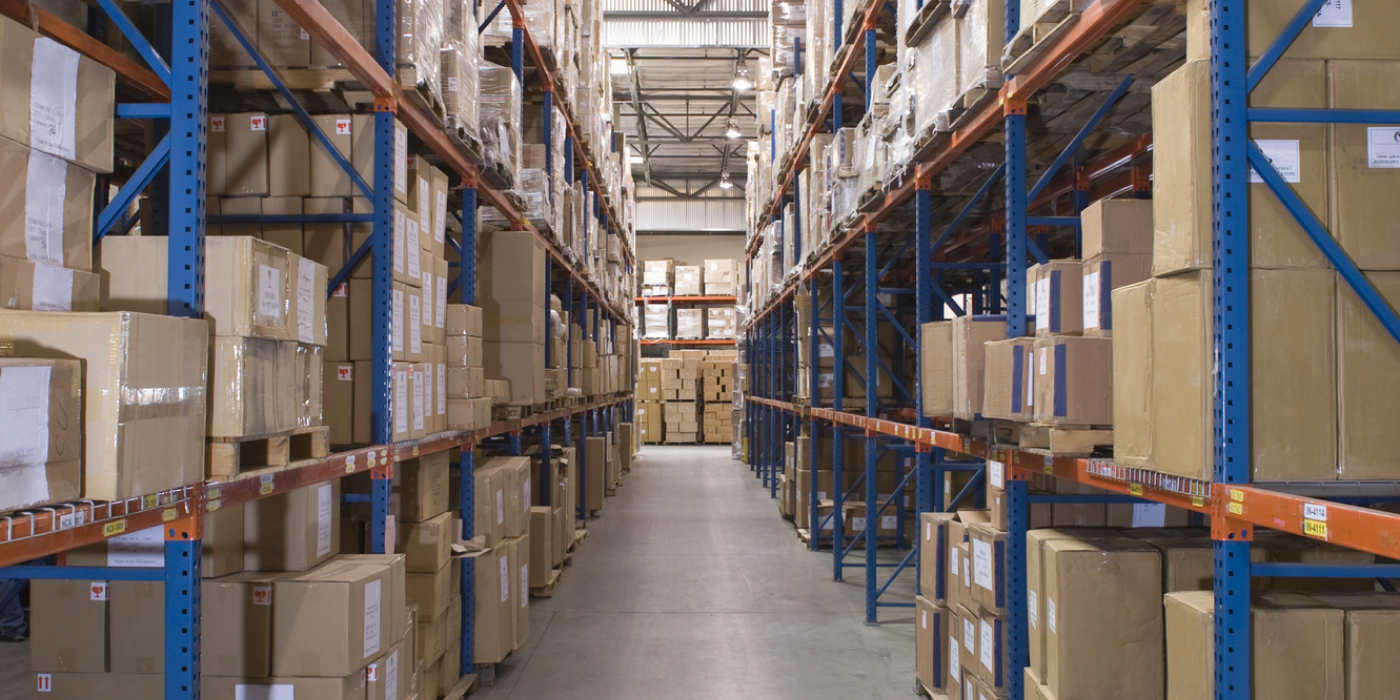The Future of Retail Distribution: Trends to Watch in 2024 and Beyond
As consumer expectations shift and technological advancements continue to accelerate, staying aware of the latest trends in retail distribution is vital. The coming years promise even more digital transformation as businesses adapt to new trends that will shape how products are stored and move from manufacturers to end consumers.
Here’s a look at some key trends that are shaping retail distribution today, and how they will impact the industry in the near future.
Advances in Technology Adoption
Technology continues to play a huge role in distribution operations, with 78% of companies rating managing operational costs as a top investment driver, according to the 2024 State of Smart Distribution Study by Incisiv, Verizon and Ericsson. Companies report lower satisfaction with complex, labor-intensive operational processes like order fulfillment (67%), and shipping and material handling (both 66%), which represent growing areas for automation. Over 50% of all warehouse/distribution center tasks will have some level of automation over the next 24 months, according to the study.
The continued growth in eCommerce volume and increasing customer expectations for delivery speed are stretching distribution operations. To stay competitive, companies are investing in technologies that can improve workforce productivity, enhance operational speed, and increase efficiency. Real-time tracking capabilities can help retailers maintain end-to-end visibility in their distribution operations, which is crucial for control, transparency, and proactive issue resolution.

Enhanced Inventory Management
Over 75% of companies are investing in technology to increase workforce productivity, according to the study. Manually managing inventory can be tedious and time-consuming. Retailers are increasingly investing in new technologies to enhance inventory management, automate cumbersome processes, and improve productivity. Retailers are implementing digital tools, from AI-powered systems to cloud-based solutions, to ensure that inventory levels are maintained efficiently.
Ikea is rolling out an upgraded AI-powered drone system that will allow drones to work efficiently alongside human workers in distribution centers. The new AI-powered system will automate physically demanding and time-consuming tasks and support simultaneous inventory checks, increasing product accuracy and decreasing employee workload. J.C. Penney has turned to new warehouse management systems and automation technology to improve its distribution center operations. Earlier this year, the retailer installed SDI Element Logic’s Joey Pouch sorting system at a facility in Reno, Nevada, to improve inventory management and delivery times.
Fulfillment Centers Get a Makeover
Micro-fulfillment centers are smaller warehouses, often located near urban centers, designed to expedite last-mile deliveries. These centers enable retailers to fulfill online orders faster by reducing the distance between the product and the customer, while also reducing logistics costs associated with long-haul shipping. Automated micro-fulfillment centers are poised for substantial growth, with the market expected to reach $3.5 billion by 2030, according to a recent report by Interact Analysis. Retailers are continuing to invest in fulfillment automation in order to streamline order processing, shorten delivery times, and respond faster to regional demand.
Additionally, technology companies are developing innovative fulfillment solutions to minimize manual tasks, enhance operational efficiency, and improve fulfillment speed. AutoStore has developed an automated fulfillment system for sub-zero temperatures. The new system is built to help retailers manage the growing demand for online orders by automating the storage and retrieval of fresh, chilled and frozen products. Retailers can meet the different temperature requirements of grocery products with one solution, without requiring warehouse workers to manually retrieve items from harsh temperatures.

Last-Mile Delivery Innovations
Last-mile delivery is one of the most challenging and costly aspects of the retail distribution process. Consumer need for speed in package delivery has made it difficult for retailers to manage transportation costs. Roughly three-quarters of retail executives said delivery cost on a per-package basis has increased since last year, and 85% said reducing their total cost per order is the No. 1 priority for last-mile delivery, according to a new survey from AlixPartners.
Innovations such as drone deliveries, autonomous delivery vehicles, and smart locker systems are being explored and implemented to address these challenges. To save on delivery costs, retailers are moving away from reliance on single carriers in last-mile delivery, with 75% of executives reporting they are using a mix of last-mile options including FedEx, internal fleets, and third-party delivery platforms. Investing in last-mile innovations can help retailers meet increasing consumer demands for fast, same-day or next-day deliveries, providing customers with flexible and convenient options for receiving their orders.
By embracing these trends and investing in the right technologies, retailers can build more flexible, efficient, and customer-centric distribution networks. For retailers looking to stay ahead, understanding and implementing these trends will be key to navigating the future successfully.
For more information about how our delivery management solution can help you manage your delivery operations more efficiently, please contact info@www.bringoz.com.
